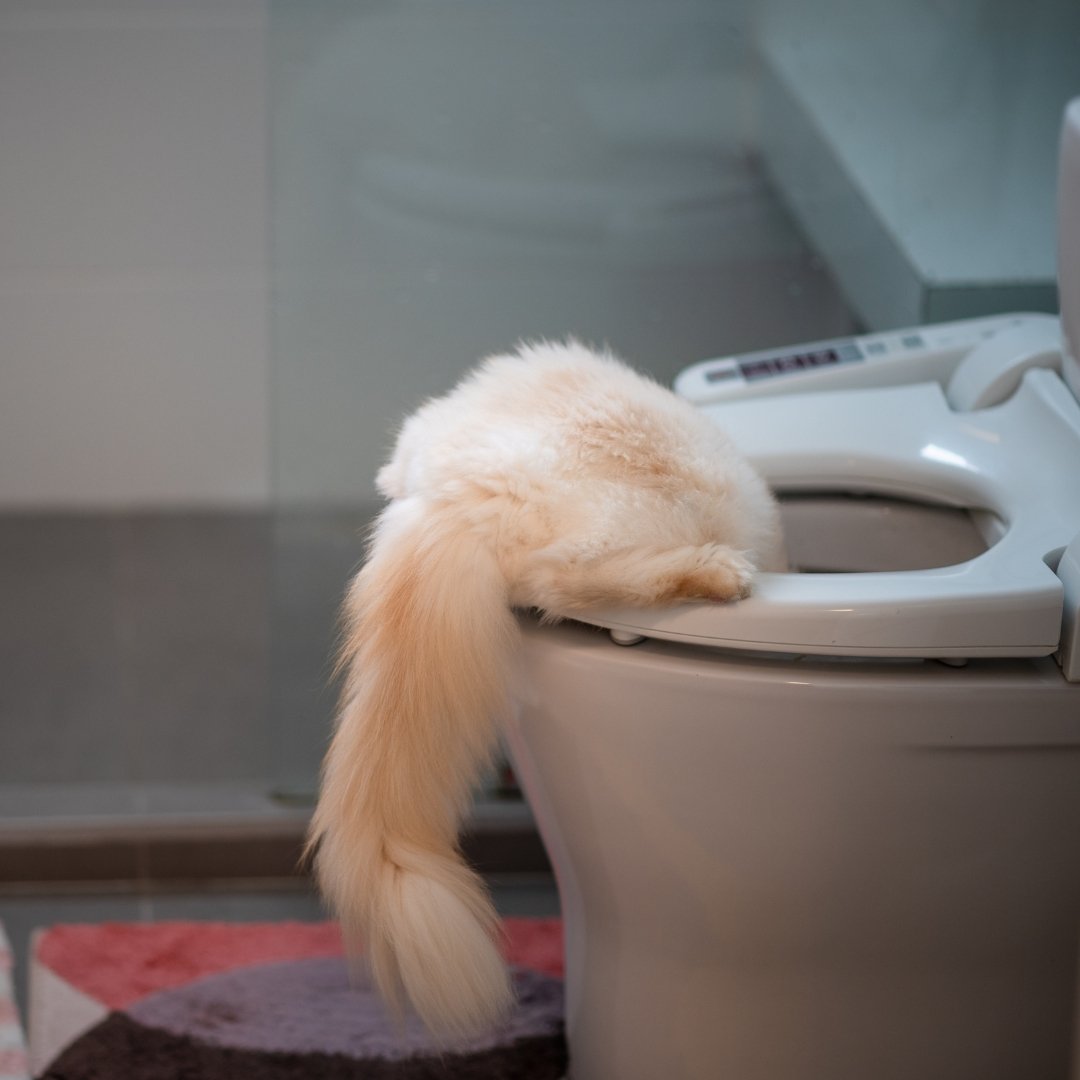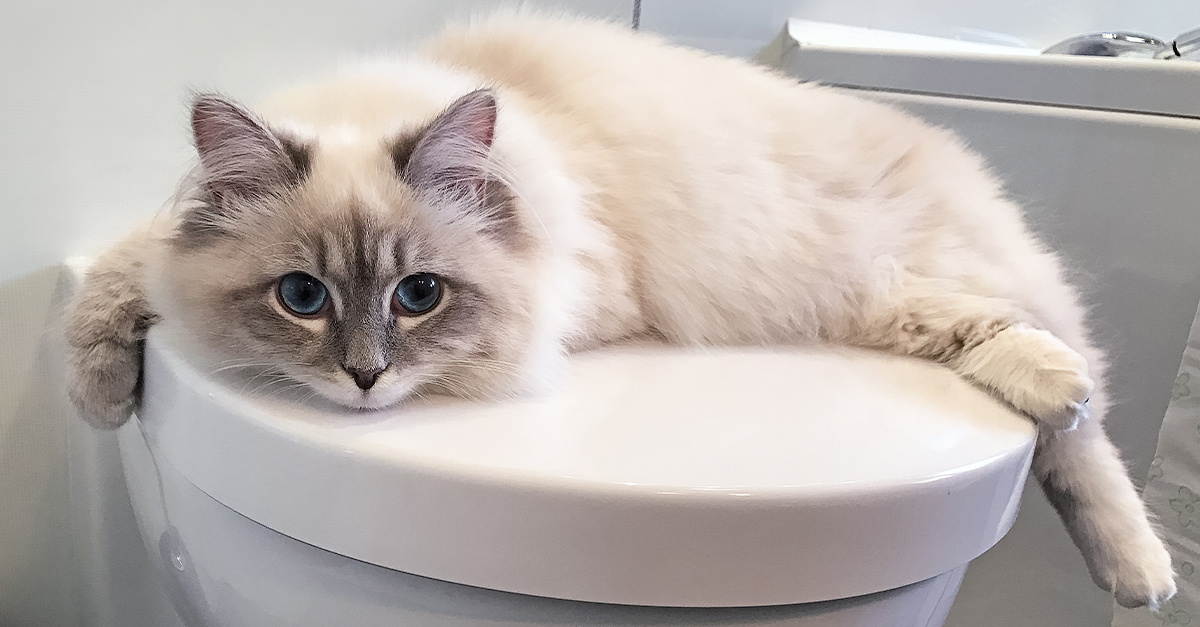We have noticed the article relating to How to Dispose of Cat Poop and Litter Without Plastic Bags down the page on the web and reckoned it made perfect sense to discuss it with you on this site.

Intro
As feline owners, it's vital to be mindful of just how we dispose of our feline friends' waste. While it might seem practical to purge cat poop down the commode, this technique can have damaging effects for both the environment and human health.
Alternatives to Flushing
The good news is, there are more secure and more liable ways to dispose of feline poop. Consider the adhering to alternatives:
1. Scoop and Dispose in Trash
One of the most common technique of getting rid of pet cat poop is to scoop it into a naturally degradable bag and toss it in the trash. Make sure to utilize a committed litter scoop and throw away the waste without delay.
2. Usage Biodegradable Litter
Go with biodegradable cat litter made from materials such as corn or wheat. These litters are environmentally friendly and can be securely dealt with in the garbage.
3. Bury in the Yard
If you have a yard, take into consideration hiding feline waste in a marked area far from veggie gardens and water sources. Make certain to dig deep adequate to avoid contamination of groundwater.
4. Install a Pet Waste Disposal System
Buy a pet dog garbage disposal system especially designed for cat waste. These systems make use of enzymes to break down the waste, reducing smell and ecological impact.
Wellness Risks
Along with environmental concerns, flushing feline waste can also present health threats to humans. Pet cat feces may include Toxoplasma gondii, a bloodsucker that can create toxoplasmosis-- a potentially severe disease, specifically for expectant ladies and people with weakened body immune systems.
Ecological Impact
Flushing pet cat poop introduces dangerous pathogens and parasites right into the supply of water, posturing a considerable danger to water communities. These contaminants can negatively impact aquatic life and concession water top quality.
Conclusion
Accountable pet dog ownership prolongs beyond giving food and shelter-- it likewise entails correct waste monitoring. By refraining from flushing feline poop down the commode and selecting alternative disposal approaches, we can decrease our ecological impact and shield human health and wellness.
Why You Should NEVER Flush Cat Poop (and/or Litter) Down Your Toilet
The Problem with Litter
The main function of litter is to solidify and adhere to your cat’s waste. While this makes litter excellent for collecting cat poop and urine, it’s also the exact property that makes it a nightmare when flushed down the toilet.
Cat litter can and will clog pipes. There is non-clumping litter, but it’s still quite heavy and can build up in pipes. This is true even of supposed “flushable litter.”
The problems only compound when the litter is already clumped into cat waste. Toilet paper is among the more flushable things, and even too much of that will clog a toilet.
The Problem with Cat Poop
Sewers and septic systems are designed with human waste in mind. The microbes that help break down human waste don’t work on cat waste. Additionally, cat poop plays host to the parasite Toxoplasma gondii.
When flushed, this parasite can enter the environment in places it was never meant to, posing a risk to pregnant women, their unborn children, and other people with compromised immune systems. While it might not seem possible, flushing cat poop can indeed introduce this parasite to the public water supply.
These reasons are why, even if you’ve trained your cat to go on the toilet and flush, which is possible, it’s still not a good idea. Also, pregnant women and the immunocompromised shouldn’t change litter, either.
How to Handle Litter
The best way to handle litter is to simply put it in a plastic bag and place it in the trash. Avoiding environmental risks and possible plumbing damage is worth the extra effort.
You can also invest in devices that seal away your cat’s waste in a separate compartment, so you don’t have to change the litter nearly as often. They’re also safer for pet owners because they limit the possibility of Toxoplasma gondii exposure.
Disposing of litter the old-fashioned way will ensure you won’t have to worry about any issues that flushing the waste can potentially cause.
Take Care of Clogged Pipes with Stephens Plumbing, Heating & Air Conditioning
The reasons you should never flush cat poop down your toilet are numerous, but sometimes the inevitable happens despite your best efforts.
Stephens Plumbing, Heating & Air Conditioning is ready to help if you’re experiencing litter-blocked plumbing. Whether you need us in an emergency or want to schedule regular maintenance, we’re here for you.
https://www.stephensplumbing.net/bathroom-plumbing/never-flush-cat-poop-down-your-toilet/

We were shown that report about How to Dispose of Cat Poop and Litter Without Plastic Bags from an acquaintance on a different web property. If you enjoyed our article if you please don't forget to pass it around. We treasure reading our article about Can You Flush Cat Poo or Litter Down the Toilet?.
Visit My Website
Comments on “Prevent Bathroom Disasters: Don't Flush Cat Poop Down Your Toilet - Professional Advice”